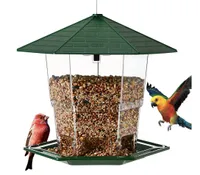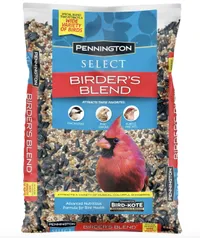5 tips for feeding birds in the winter (and what you really shouldn't feed them)
Feeding birds in the winter isn’t as difficult as you might think. Expert vet Dr. Hannah Godfrey shares which foods are safe and which are best avoided
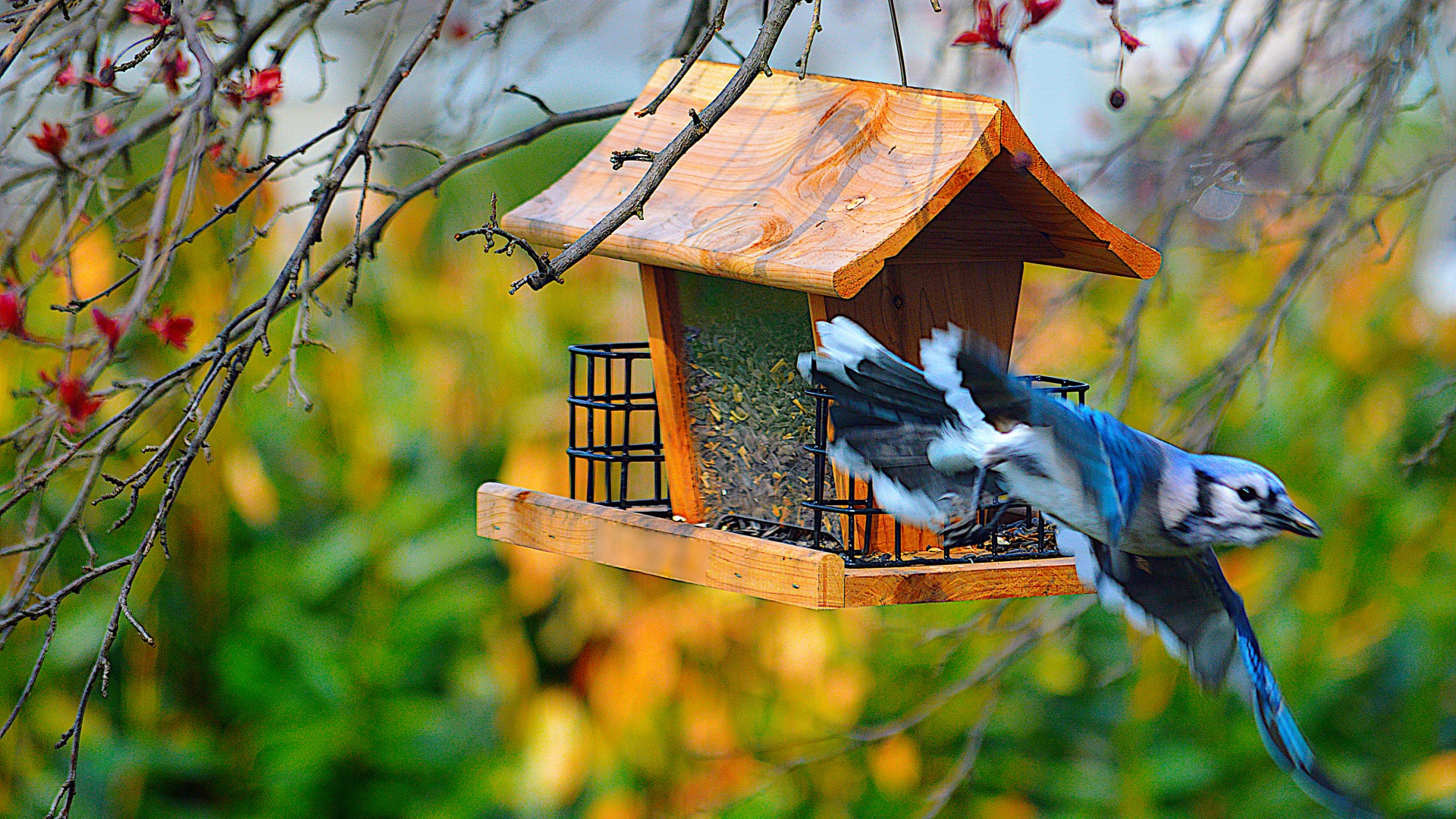
While keeping our feathered friends nourished all year round is important, feeding birds in the winter is even more vital as the temperatures plummet and many natural food sources become unavailable.
In the colder months, investing in one of the best squirrel proof bird feeders and regularly putting out fresh offerings of the best bird food and water can be a great way to ensure that the birds in your neighborhood receive the nutrition they need to thrive.
And while it’s unusual to come across a fledgling at this time of year, it can happen, and the feeding guidance will be different to that of adult birds. Be sure to check out our guide to what to feed a baby bird if you find an orphaned little bird in your garden.
To help you understand everything about feeding birds in the winter, we spoke with Dr. Hannah Godfrey to get her take on what foods are safe, what foods to avoid, and how to go about feeding garden birds in winter.
Feeding birds in the winter
Winter can be a difficult time for wildlife. When the temperatures plummet, food can be incredibly difficult to find, and while insect-eating birds will turn to alternative food sources and foraging behaviors will adapt to meet the tougher conditions, we can do our part for our feathered friends by providing extra food options to help them during the tough winter months.
What to feed birds in the winter
“During the colder months, birds need food that is high in fat and contains lots of energy,” explains Godfrey, who says suitable options include the following:
- Peanuts
- Sunflower seeds
- Fruit
While you may not have thought of feeding birds fruit, Godfrey says that fruit can make for a highly nutritious snack.
Get the best advice, tips and top tech for your beloved Pets
“Although fruits aren’t high in fat, they do contain water and lots of simple sugars, making them a great option for keeping energy high in the winter months.”
It’s also worth bearing in mind that different birds will be attracted to different kinds of foods. Birds like woodpeckers, for example, tend to be drawn to things like peanuts, whereas robins love mealworms and live foods.
Consider offering a variety of tempting morsels to maximize the variety of birds that visit your garden.
How do I feed my garden birds in the winter?
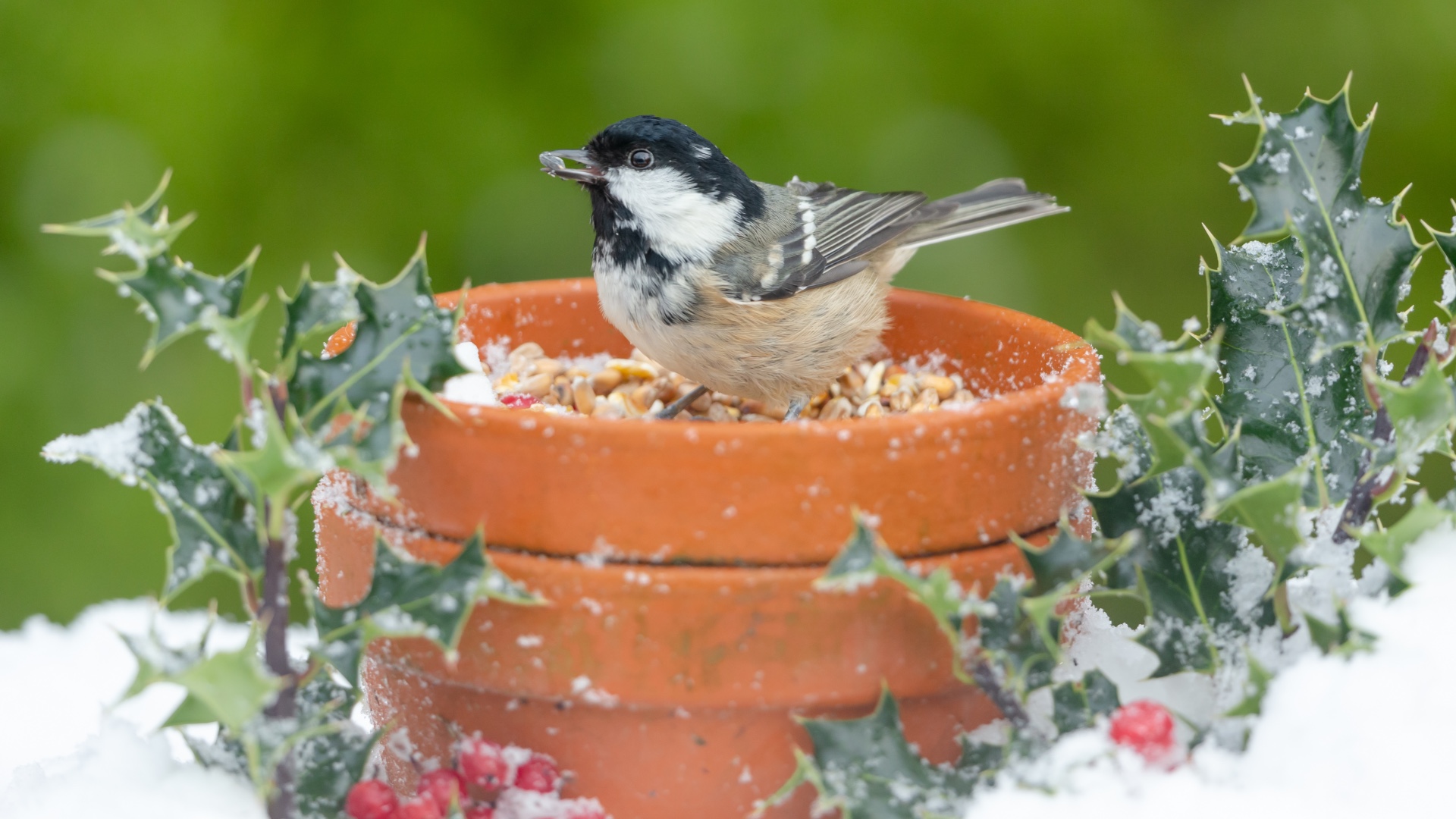
You may be wondering the best way to feed your garden birds during the colder months and thankfully, Godfrey has some great tips.
“It’s best to offer your birds food from a bird table or feeding tray positioned somewhere safe from predators, like cats,” she explains. “That means keeping the feeder out in the open, away from fences, large trees, or hedges that cats could use for quick access.”
It’s also important that you offer food regularly — daily or twice daily depending on demand.
“You should adjust the amount or frequency so that there isn’t much food left to go moldy, as this can make birds unwell,” says Godfrey. “Don’t forget to provide water too — it’s not just useful during the warm dry months, it’s also essential when most water sources are frozen.”
PHANCIR Bird Feeder
Was $29.99, now 12.39 at Walmart
Easy to open and fill, this 2.2 lb capacity bird feeder is made of durable, high-quality plastic and comes with drain holes to keep food dry. Easy to clean, it's brilliant for attracting warblers, starlings, bluebirds, and finches, and can be hung in a garden, courtyard, wood or field.
Should you feed birds bread in the winter?
If you’re anything like us, you may have thought that feeding birds bread in the winter months would provide them with a hearty and nutritious snack. But according to Godfrey, bread is best avoided.
“Many people reach for bread or breadcrumbs when they’re feeding birds, and birds seem to love it. However, while this is a tasty treat, it’s actually got limited nutritional value for birds. This means it fills them up and prevents them from getting the calories and fat that they need to sustain them over winter,” she explains.
So does that mean all that leftover bread you have in the kitchen is better off in the bin rather than being tossed out onto the lawn for your neighborhood birds to enjoy? Well, for the most part, yes.
“While bread can be given occasionally, it’s best to stick to high-energy or high-fat food that will help the birds maintain their body condition when food is less available,” Godfrey says.
What should you not feed birds in the winter?
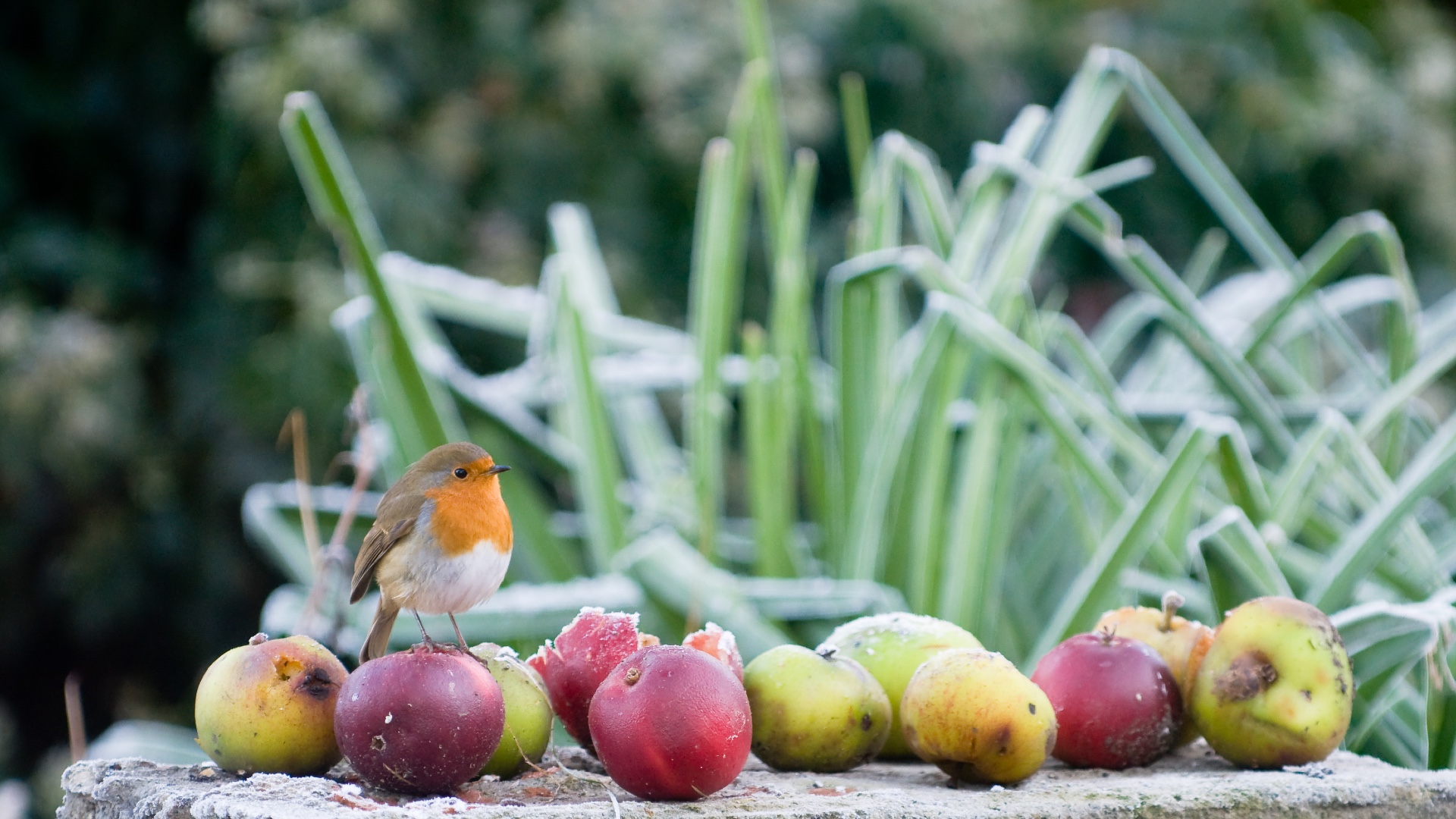
While bread isn't ideal for birds since they need foods that are high in fat and energy to sustain them, Godfrey says there are also other foods that should be avoided.
“For instance, while fat balls can be a great source of seeds and fat for birds, if they’re made using meat dripping or used cooking fats, the fat can damage their feathers and cause them harm.
“You should also avoid feeding leftovers that could be high in salt, or any foods that have a firm consistency that could lead to choking. You should never leave old food on the bird feeder, and be sure to clean it regularly, as mouldy food can make birds very unwell or attract pests.”
We also have a full guide on what not to feed wild birds.
Pennington Select Birder's Blend, $15.39 at Walmart
This popular, best-selling bird food is great for attracting cardinals, chickadees, goldfinches, crosbeaks, nuthatches, woodpeckers and many more. Compatible with hoppers, tube-style and ground-style feeders, this bird seed blend has added vitamins and minerals to keep birds healthy.
Tips for feeding birds in winter
1. Offer a range of different foods
As Godfrey mentioned above, there are lots of foods that are suitable for birds, so don’t be afraid to mix it up! Choose a high-quality bird food that offers a selection of nutritious and delicious nuts and seeds, and consider putting some fresh fruit out as well — dried fruit is particularly popular with blackbirds, robins and thrushes. Growing berried plants in your garden is another great option as these provide a wonderful source of antioxidants during the winter months. You could learn how to make bird suet.
2. Provide a fresh water source
It’s good if you can provide a source of fresh, clean water for the birds in your garden. Try placing shallow containers or lids near the food you’re putting out — just be sure to clean them regularly to avoid contamination.
3. Clean your bird feeder regularly
As with any water containers, it’s important you also clean any bird feeders you have around your garden on a regular basis. Birds are sensitive creatures who can easily become sick due to disease and infection, something we can help prevent by ensuring we clean our bird feeders once a week with a natural cleaner that’s safe for birds.
4. Keep it up
Once you start feeding birds in your garden, you want to keep it up. While it’s true that birds are really adaptable and will move to a new feeding ground if food at a particular location dries up, a sudden drop off (or stopping altogether) can leave them scrambling. Although not as crucial in summer when food is plentiful, this can mean the difference between life and death for birds during the winter months.
5. Safeguard the bird food
Cats and squirrels can be a huge problem if you’re trying to attract birds to your garden. Our feline friends see them as prey and will try to hunt them down, and squirrels have a keen interest in all those nuts and seeds, so protecting the food from predators is vital. While not particularly beautiful to look at, putting wire mesh around feeding stations can help keep cats and squirrels away. Squirrel-proof bird feeders are also widely available and scent deterrents can work really well with cats.

Dr Hannah Godfrey is an experienced vet who graduated from the Royal Veterinary College in 2011 and began work straight away at a busy mixed practice. Initially, she treated all species, but focussed on small animals from 2014. She has a passion for soft tissue surgery, ultrasound, and canine and feline dentistry, having completed additional training in these areas.

Kathryn is a freelance writer who has been a member of the PetsRadar family since it launched in 2020. Highly experienced in her field, she's driven by a desire to provide pet parents with accurate, timely, and informative content that enables them to provide their fur friends with everything they need to thrive.
Kathryn works closely with vets and trainers to ensure all articles offer the most up-to-date information across a range of pet-related fields, from insights into health and behavior issues to tips on products and training.
When she’s not busy crafting the perfect sentence for her features, buying guides and news pieces, she can be found hanging out with her family (which includes one super sassy cat and a kitten), drinking copious amounts of Jasmine tea and reading all the books.
She has written for a range of publications, including Fit&Well, Top Ten Reviews, LiveScience, Goodto, and Product Hunt.
